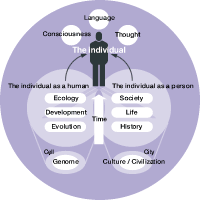|
|
 |
 |
 |
 |
Dialogue - Making the concept of Biohistory more concrete through dialogue
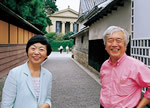


The starting point nurtured by the community
21st century culture created by small town people
RESEARCH 01 -Biohistory through the latest research
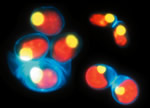


The cell walls of Trebouxiophyceae generate a diversity of cellular division
RESEARCH 02 -Biohistory through the latest research
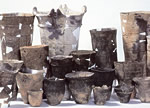


The new culture created by changes in the land
Scientist Library -Biohistory through people
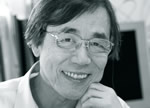


From a cell to an individual organism
The mainstream and secondary currents of developmental biology
Hoping for expansion and interaction
Keiko Nakamura
Our previous issue was our 50th, making it a special one for us. After having achieved that milestone, we feel as if we are making a new start. Only people can make the connections between different enterprises, regardless of whether they are cultural, regional, industrial, or historical. Neither industry nor history that have the major roles-man is the leading actor. I learned many things from Kenichiro Ohara, who has recreated the Ohara Museum of Art with a 21st century awareness. The museum brilliantly links businesspeople with artists.Research examines algae and the Sannai-Maruyama site. Eukaryotic unicellular organisms, including algae, are interesting for their enormous potential. The article here gives us a chance to think about the path of Trebouxiophyceae as they become multi-cellular. Large eruptions cause a great deal of trouble for residents, but researchers see them as welcome phenomena in the sense that they are experiments of nature. They discovered that a large eruption might have created the overall culture at Sannai-Maruyama. It is fascinating: the close connection between people and nature can be seen as the subject of an unconventional academic inquiry into the shape of earthen pottery, the distribution of pollen, and geological strata.
Scientist Library features Masatoshi Takeichi, the director of the Riken Center for Developmental Biology. He is the leading disciple of Tokindo Okada, the former director of the JT Biohistory Research Hall. It sounds overly logical to talk about the elucidation of the mechanism for cellular adhesion, but it can be stated emphatically that this research is possible only because one loves living creatures.
| << Back | Next >> |
